Drought kills 643 000 cattle in Sadc region/ Sadc loses 643 000 cattle worth US$1,9bn/Massive livestock deaths cost Sadc billions
- By Zimpapers Syndication |
- 28 Apr, 2025 |
- 0

Sifelani Tsiko ---
The El Nino – induced drought that ravaged the entire Sadc region in the 2015 – 2016 farming season killed 643 000 livestock estimated to be between US$96 million and US$1,9 billion, a senior Sadc Climate Services Centre official says.
Blessing Siwela of the Sadc Climate Service Centre disaster risk reduction unit told participants at the 20th Southern Africa Regional Climate Outlook Forum this week that the massive livestock deaths in decades were reported mainly in Botswana, Swaziland, South Africa, Namibia and Zimbabwe.
It is smallholder farmers who lost the bulk of their livestock during the most severe drought in decades that pushed more than 23 million people into hunger across the region.
Using average communal cattle prices of between US$150 and US$300, the 15-member regional grouping could have lost livestock worth between US$96 million and US$1,9 billion in this current season alone.
When figures for commercial cattle lost in farms are added, the figure could easily be more than US$2 billion.
“Farmers lost more than 643 000 cattle to drought across the region,” Siwela said. “This is money that went down the drain in terms of farmer productive assets. There is a lot of work that still needs to be done to package climate forecast so that we can help farmers to take action and save their assets.
“The regional weather forecast was given in August last year and not much action was taken to prepare for the looming disaster. Our forecast was accurate, but not 100 percent and the livestock deaths could have been minimized had we taken action.”
Data capturing for losses resulting from the punishing drought that affected all Sadc countries still faces numerous problems.
Not all livestock deaths were recorded in the Sadc region owing largely to lack of resources, weak agricultural extension systems, absence of skilled extension workers and weak and poor relaying of information to command centres in capitals.
“People estimate what they need to recover,” said Siwela. “They don’t tell you much about what they lost. A lot of work needs to be done to get estimates of losses due to a disaster.”
However, he said, Malawi had now developed a system to better capture losses due to natural disasters.
For example, its agriculture ministry, is reported to have captured data documenting losses amounting to US$400 million for crops lost due to the flooding experienced in the 2015 – 2016 cropping season.
Poor rainfall and a combination of above-average temperatures limited crop development and pasture regrowth.
Livestock production was severely affected and most smallholder farmers were forced to sell agricultural assets which they may find difficult to replace ahead of the coming farming season.
The loss of livestock stock hit smallholder farmers hardest and most farmers with minimal government support are still making frantic efforts to save their livestock through supplementary feeding schemes, translocating animals to areas with better pasture and de-stocking in the worst situation.
The El Niño drought hitting most Sadc countries is the worst in more than 50 years and has, apart from people, seen livestock in particular suffering from lack of grazing pasture and water.
Some analysts fear that that it could be as bad as 1991-92 drought when around a million cattle died across the region.
Livestock updates from across the region all indicate that cattle, sheep and goats are dying as drought tightens its grip in the Sadc region.
In drought-prone parts in the Sadc region, most dams have dried up and livestock was reported to be watered mainly from underground boreholes.
Rains that fell in March in some parts of the region slightly improved pasture and water availability, slowing down livestock deaths. Since then, farmers are still grappling with pasture and water scarcity for their livestock.
Drought gripping the entire southern African sub-region took a toll on livestock in Zimbabwe, with the authorities reporting the death of more than 25 000 cattle in the period up to the first half of the year.
“What La Nina brings is both good and bad news,” said Lewis Hove, regional agricultural coordinator with the UN’s Food and Agricultural Organisation. “With above average rains predicted for the next season, the Sadc region needs to prepare to deal with diseases such as lumpy skin that thrive under wet conditions and may also kill cattle.”
Zimbabwe has a vibrant agricultural extension system, making it easier to record livestock deaths with a high degree of accuracy.
Other countries within the Sadc region do not have strong livestock extension systems save for South Africa and Botswana.
This has made it extremely difficult to collate data on livestock deaths in the 2015 – 2016 cropping season.
Despite this, data gleaned from media reports show that Swaziland lost more 10 000 animals due to the drought.
Areas which recorded high cattle deaths included Malindza, Lavumisa, Hluti, Mliba, Siphofaneni, Lubulini, Lomahasha and Mayiwane.
The ministry of agriculture in that country says the cattle deaths account for two per cent of the country’s cattle population of 630 000.
Authorities say the number might be higher than reported as some farmers say some die in the pastures without being noticed and reported to veterinary officers.
This loss has deprived most farmers in the Sadc region who see cattle as some form of social capital or wealth.
A few years ago, prior to the mass deaths, Swaziland’s national herd was estimated at about 750 000 head of cattle, but the agricultural ministry estimates the optimum number of cattle for the country’s pastures - depending on the weather conditions - is between 400 000 and 600 000.
In Botswana, drought has killed more than 15 000 cattle in north-west Botswana.
The worst affected were farmers in Ngamiland who lost cattle due persistent drought conditions in the current farming season.
Worsening drought in most parts of the Sadc region has dried up water holes, crops and pasture, leaving farmers unable to feed their animals and unable to sell them for much either.
Most farmers in drought prone parts of the Sadc region are being forced to sell their livestock for a song, something which they say is much better than watching their cattle die.
In Zimbabwe, desperate farmers are now selling animals which used to fetch some US$300 on the market, for as low as $150 while in some places for as little as $50 to buyers from towns and cities.
“It’s very disturbing to watch our cattle die like this,” said a Chivi farmer, in the south - central province of Masvingo in Zimbabwe. “Drought has hammered us heavily and we are selling cattle for as little as US$50. Some buyers from Harare are ripping us off because of the drought.”
Zimbabwe’s national cattle herd stood at 5,3 million animals, down from over 6 million in 2014.
A similar situation plays out across the region with cattle dying or being culled due to drought.
Farmers in South Africa’s Limpopo province are reported to have lost more than 5 000 animals due to the persistent drought, according to preliminary figures by the province’s agriculture department.
Most farmers in this province and others in central part of South Africa were struggling to feed their animals.
More than 4 300 cattle have died in the drought in central and southern Mozambique. Gaza and Maputo provinces are the worst hit, accounting for the bulk of the livestock deaths.
Farmers say pen fattening programmes were being hampered by unavailability of reliable water sources.
Rivers, boreholes and weirs have dried up as most people were now getting water from shallow wells dug on sand riverbeds to water their livestock.
Most governments and aid agencies operating in the Sadc region are encouraging farmers to destock and to buy supplementary feed to save breeding stock.
Says prominent UK-based agriculturalist and researcher Ian Scoones: “It is a very serious situation. As perhaps the most valuable asset that most people have, losing herds can be devastating for livelihoods and recovery takes many years.”
Sadc’s livestock population is largely dominated by ruminants – cattle, goats and sheep as well as poultry.
Recent trend, as reported by the FAO show that the livestock industry’s ability to lead re-engineered growth through generation of wealth in the region has diminished owing to lack of access to capital, poor infrastructure, poor access to markets and the increasing frequency of drought in recent years.
Furthermore, the FAO says investments in rural infrastructure, input subsidies, marketing schemes and services such as extension and research have all declined.
In the past, Sadc had a vibrant livestock sector as most governments provided services to farmers and rural areas through commodity marketing boards and state-supported co-operative movements.
This decline of this support has hampered the development of the livestock sector and the rural economy.
The farm animal resources of SADC are rich and immensely diverse.
The livestock population in SADC is estimated at 64 million cattle, 39 million sheep, 38 million goats, 7 million pigs, 1 million equines and 380 million poultry. An estimated 75 percent out of the above livestock population is kept under smallholder traditional systems. -Zimpapers Syndication Services
No Comments



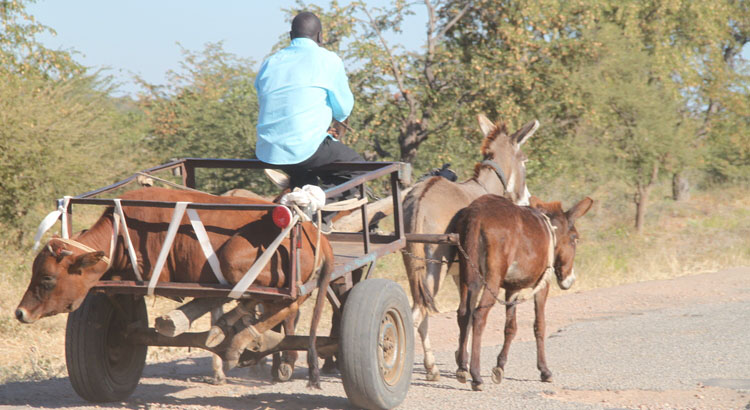


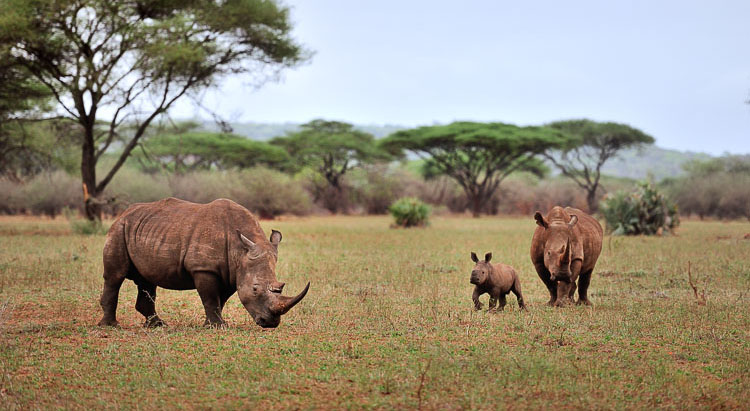
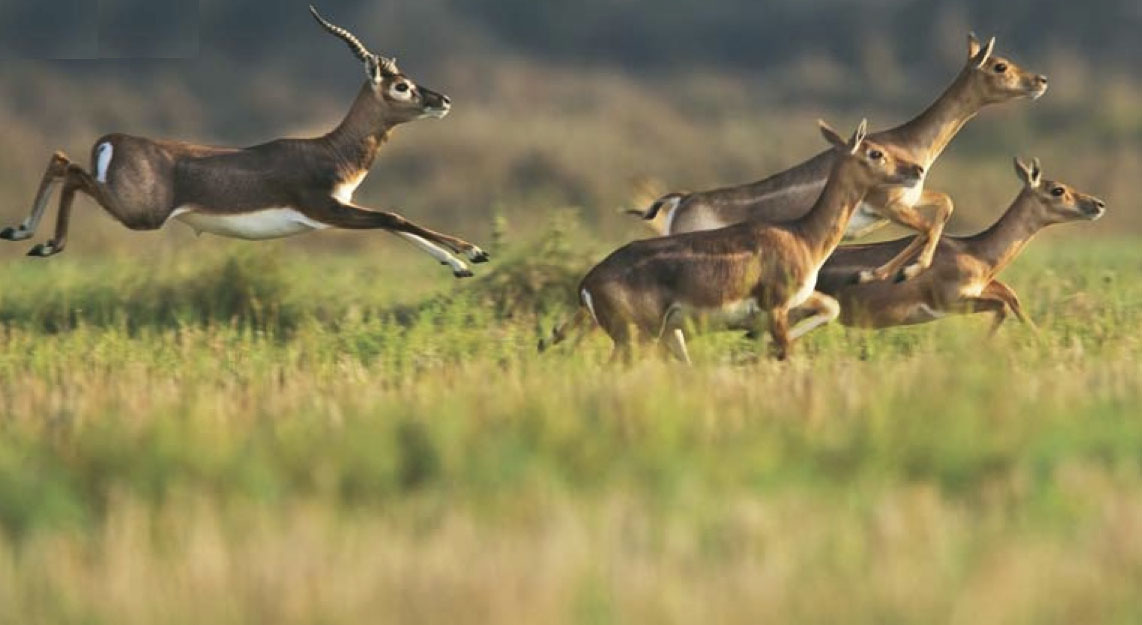

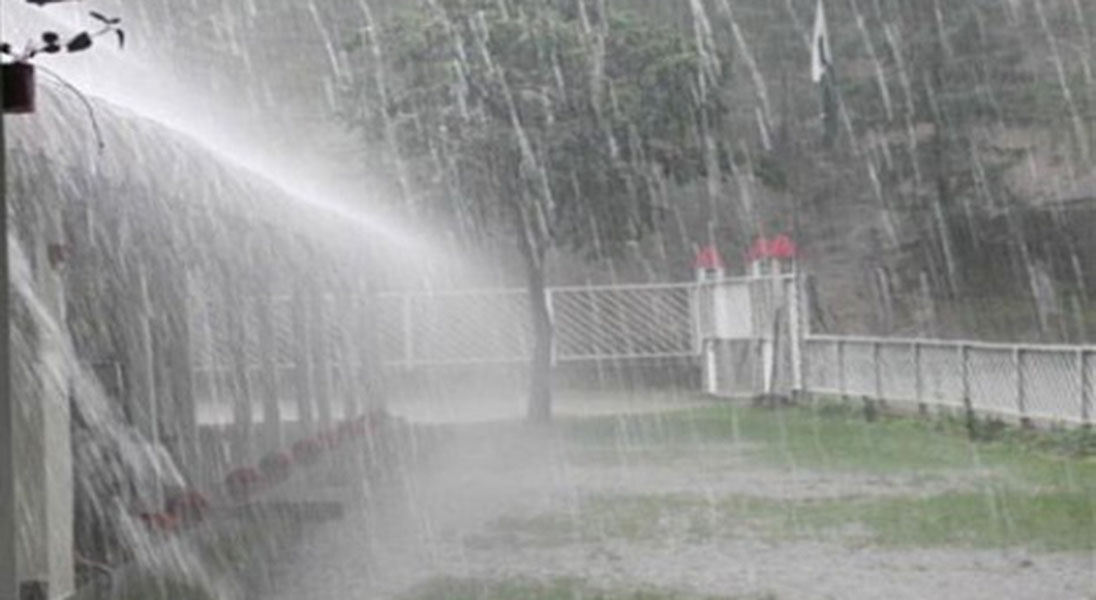
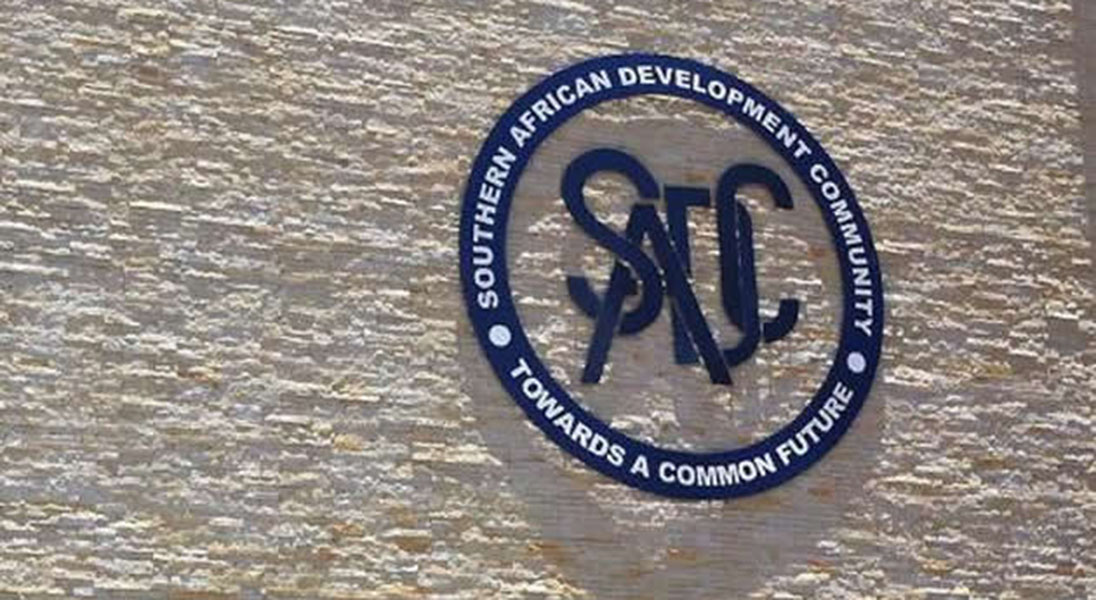
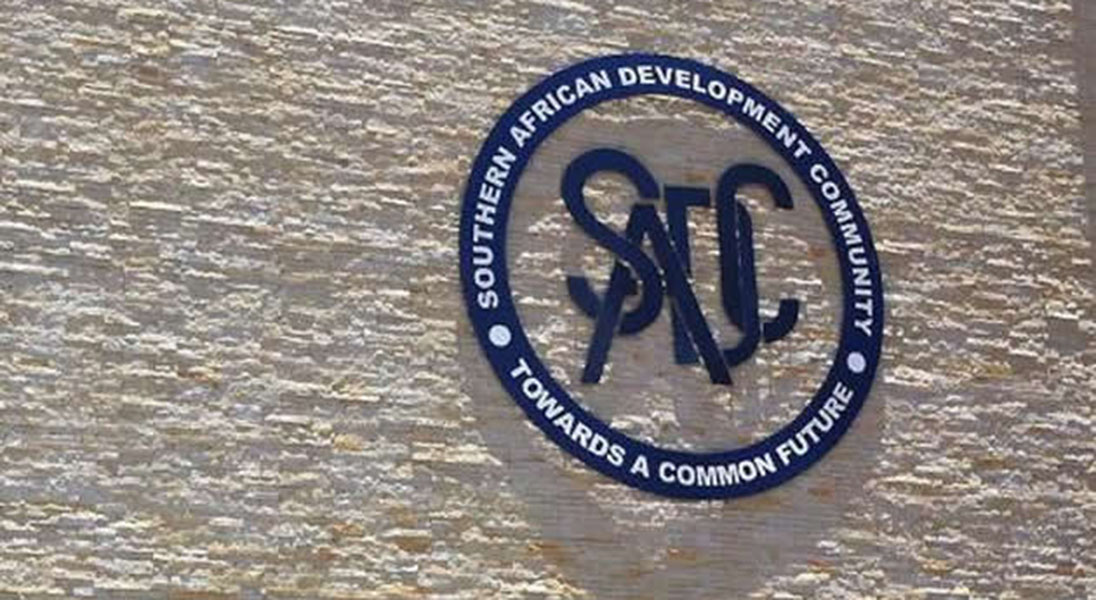
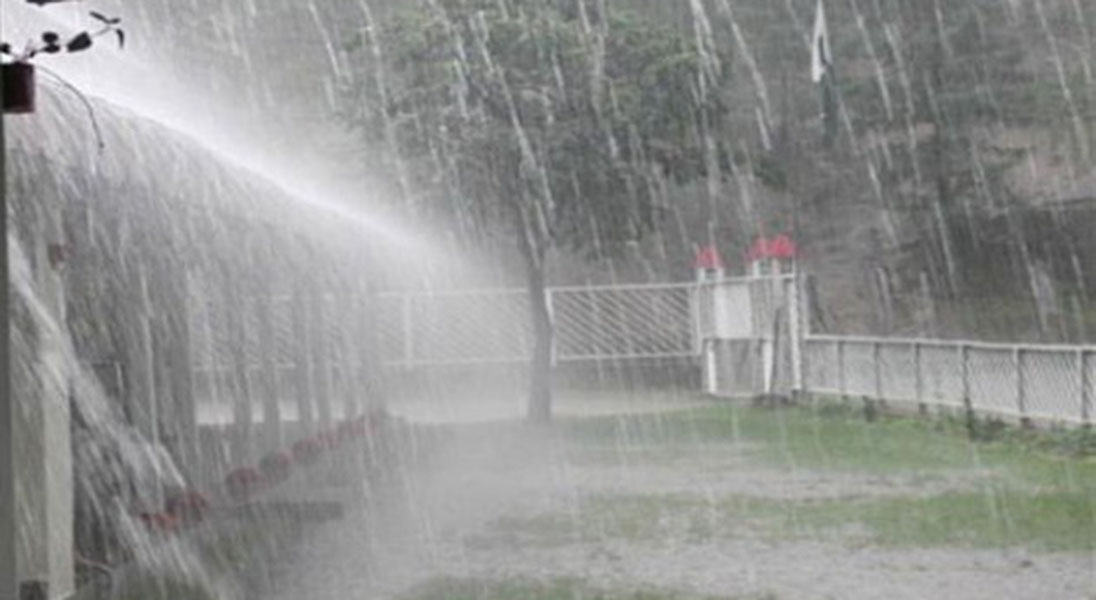
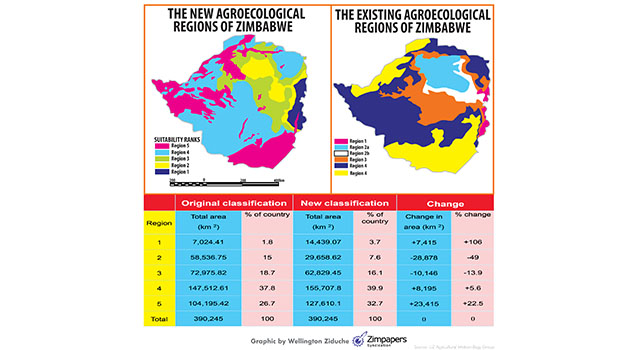
Comment